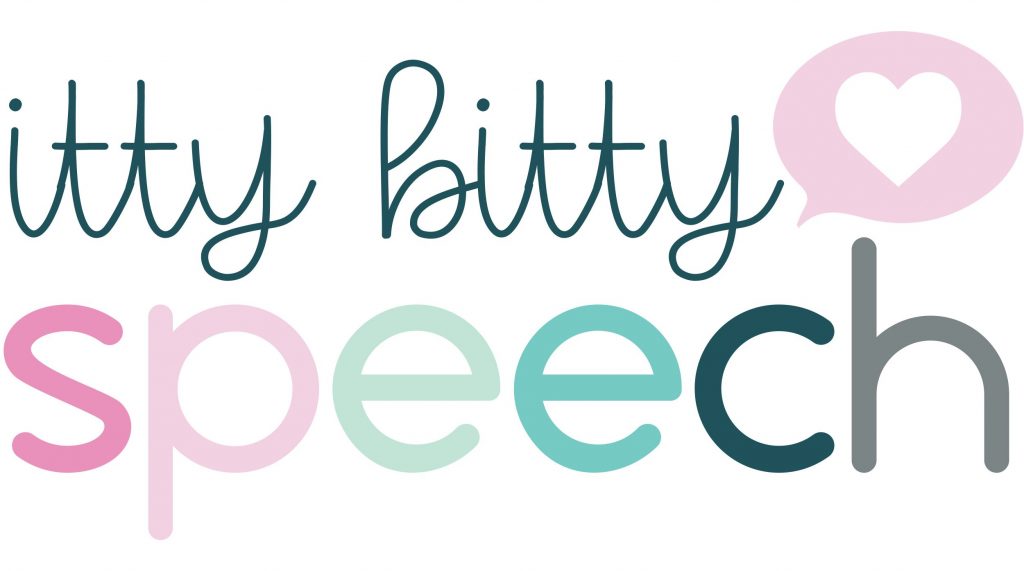*Please note: For my caseload I define “functional language” students as those who do not yet have a consistent or reliable way to communicate their basic wants and needs, regardless of age.
I’ve had some really good conversations with many of you about how I do my “functional language” evaluations, so I wanted to commit my “formula” to a post to refer back to!
I used to be like a chicken with my head cut off for these type of assessments where I couldn’t “do a test”, but I feel confident that I’ve come up with a solid formula that doesn’t miss anything but also doesn’t take FOREVER, because ain’t nobody got time for that.
A few things
1. Having a “formula” for things significantly reduces my mental load, in alllll areas of my life. So this is where I *start* and I change or add on as needed
2. This is what works for me and my students in my district. We are not required to (and at times encouraged not to) use standard scores in our evaluations.
3. We do not do our own initial evaluations in my district, so these are all for re-evaluations for students that are known to me.
4. You don’t have to buy my assessment to use this formula, but I did do all of the work for you. You can find it linked HERE
Caregiver input
I use the google forms included in my functional language assessment and text them to parenst, but you can create your own! This is a vital piece of feedback to compare how the child communicates at home
TIP! Use Google Voice for texting parents!
Teacher input
I also use the google forms from my Functional Communication report for this as well. DIgital has been key to getting these returned. I also made sure the questions were similar to the parent report so that I can compare.
TIP! Teachers return Google forms more than paper
Classroom observation
Exactly like it sounds. I go in the classroom and observe. I have learned a lot from the Psychologists and Social Workers that I have worked with throughout the years to just report EXACTLY what I see, leaving out interpretation. Valuable information!
TIP! Let the teacher know you’re coming
Play Observation
For this portion, I set out some my most enticing toys in the middle of my room, sit myself in the corner (with my observation form from the functional communication assessment) and wait. I then model words, phrases, or with a core board as I see fit.
TIP! For a new student, ask about favorite beforehand
Check out part 2, how I write functional language evaluations



